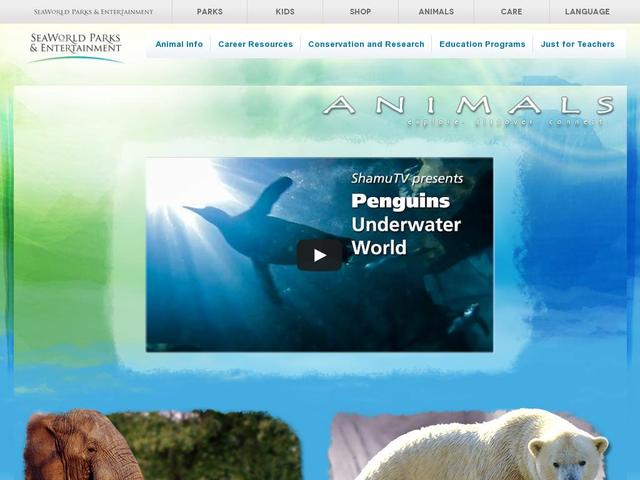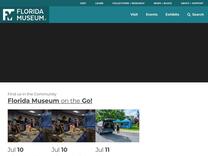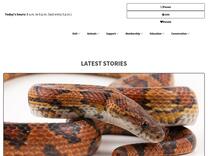The water surrounding Florida is a graveyard for thousands of ships — casualties of shifting sands, coral reefs, and treacherous hurricanes. Today, these shipwrecks are time capsules that reflect the history of maritime trade, colonial expansion by sea, and the changing fortunes of European powers i
Amsterdam, courtesy of New Bedford Whaling Museum In the Spanish colonial period, ships heading back to Europe
https://www.floridamuseum.ufl.edu/discover-fish/species-profiles/alligator-gar/
Atractosteus spatula These elongated torpedo-shaped ‚living fossils‘ have long, broad snouts with two rows of sharp teeth in their mouths. Their scales are heavy and overlapping like chain mail, and their small fins are set far back near their abbreviated, irregular caudal (tail) fin. They genera
The IUCN is a global union of states, governmental agencies, and non-governmental organizations in a
https://www.floridamuseum.ufl.edu/paleobotany/people/steven-manchester-cv/
Curator of Paleobotany Florida Museum of Natural History Adjunct Professor Department of Biology University of Florida Gainesville, FL 32611 Ph. 352 273 1935 Home ph. 352 335-6343 Email: steven@flmnh.ufl.edu Education B.S. Botany, with honors, Oregon State University, Corvallis, 19
Paleocene and Eocene floras of western North America, central Europe and eastern Asia.
https://www.floridamuseum.ufl.edu/discover-fish/species-profiles/oscar/
Astronotus ocellatus These fresh water cichlids prefer slow-moving water with sunken branches and logs to hide behind. They’re usually a gray-brown to olive green mottle of colors, with an orange-ringed black ‚eye‘ spot (or two) at the tail to confuse predators. These stocky, oval fish form breed
Geological Survey/Leo Nico The oscar is a very popular aquarium fish in North America and Europe.










